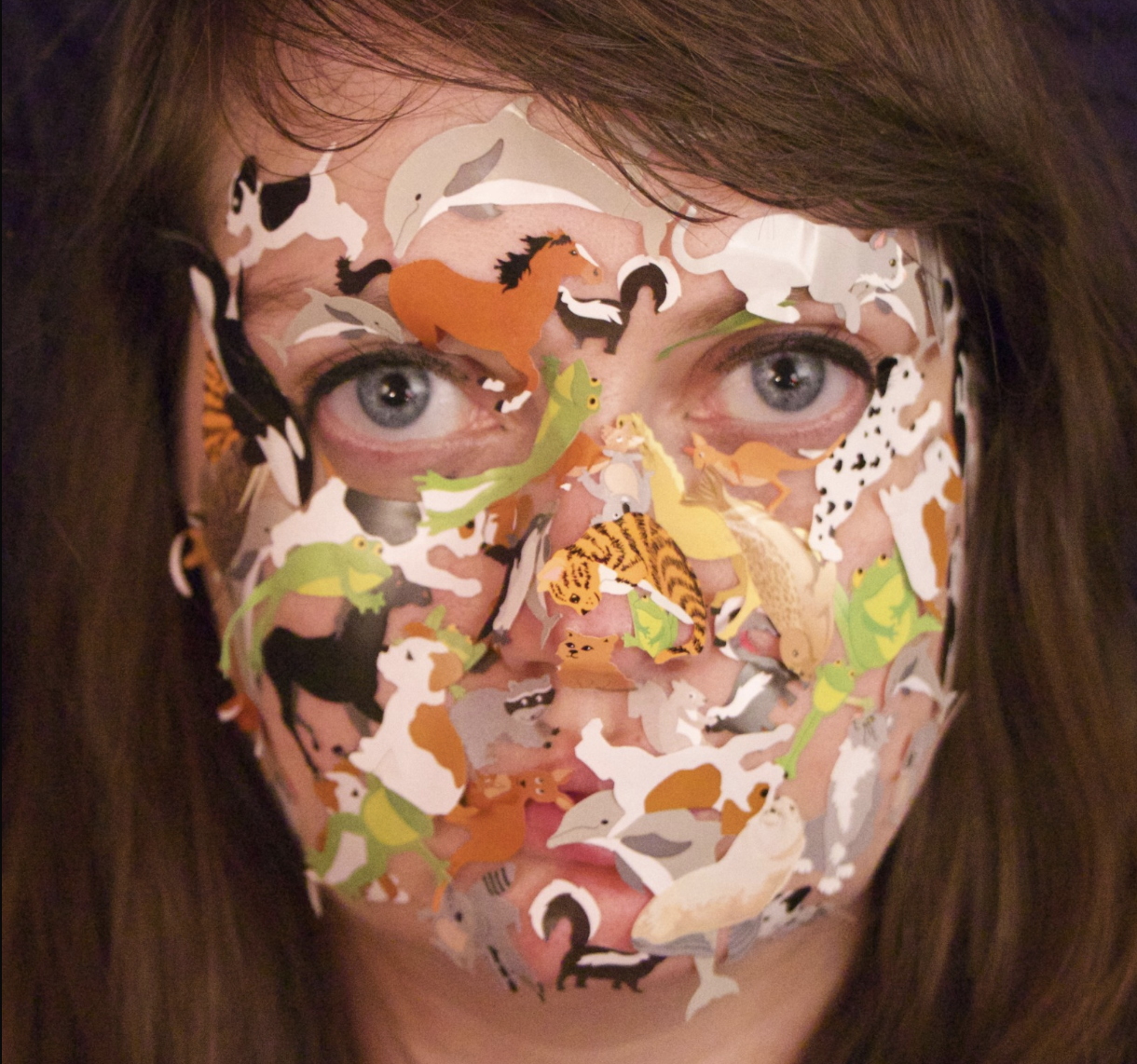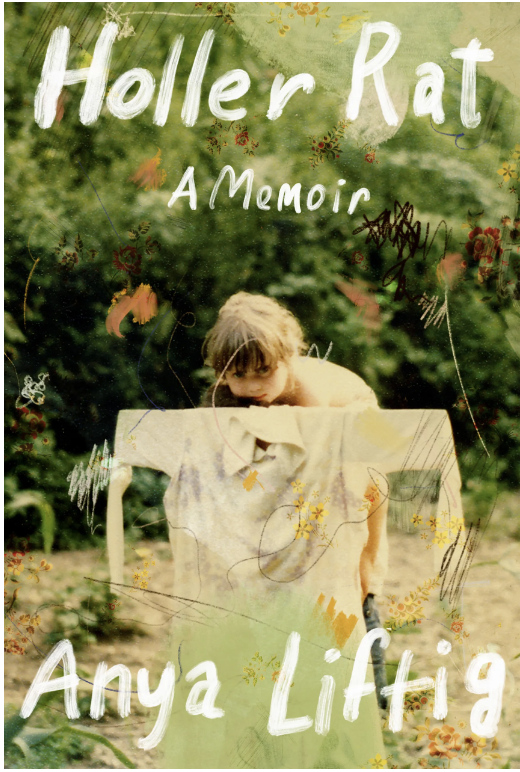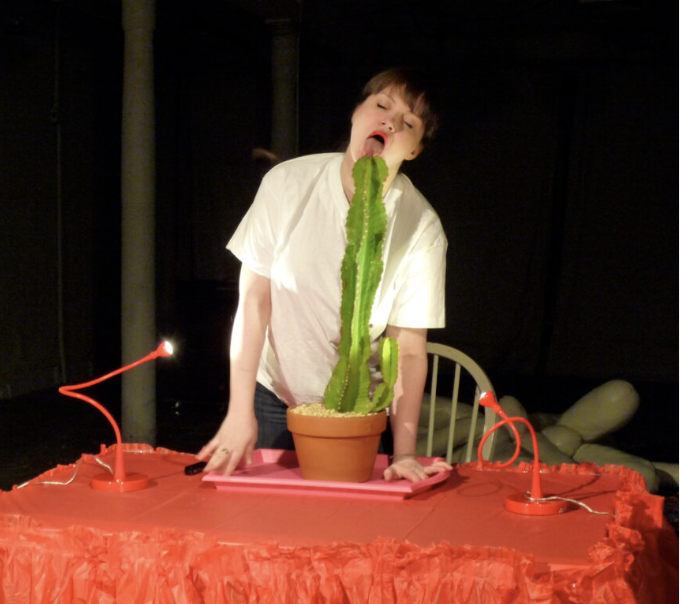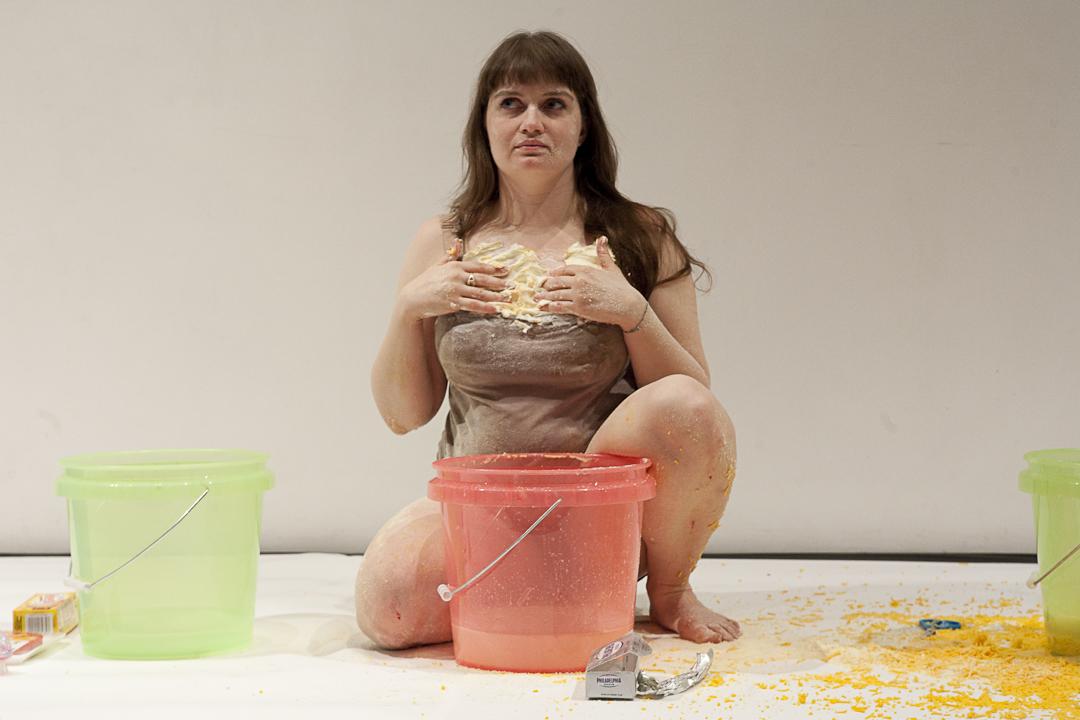Holler Rat, a Memoir as a Performance: Christen Clifford Interviews Anya Liftig


Between 2012 and 2018, both Anya Liftig and I were active in the Bushwick performance art scene centered around Panoply Lab. She was working a lot and performing all over the world and then, suddenly, I didn’t see her around anymore. In August, Abrams published her memoir Holler Rat. I was curious to read it to find out why she had left the scene. In the witty book that oscillates between auto-fiction and performance, I found out why, and more. Her story weaves her upbringing between Connecticut and rural Kentucky followed by her education at Yale and subsequent work in the experimental performance art scene with a description on how these experiences impacted her body along the way. Rather than reflecting she describes her life, richly, allowing the reader to become complicit, react, emote, and feel. Interestingly, in our conversation she explains that she struggled during the writing process in deciding whether the book should be solely personal or include her artistic output. Straddling multiple identities and determining which to reveal, when, and in what format is a common qualm for many artists that she explains beautifully in her memoir. She decided on the latter and the book is a performance in itself.
During her book tour, and to answer questions I had about her writing process I sent some questions for Liftig to answer over email.
CC: What was the FEELING that made you need to write this book?
AL: My entire life had just been dumped upside down and I wanted to find out why. I wanted to solve for why. The book was my attempt to uncover where things had gone off the rails.
CC: Who are writers that had an influence on you? Are you a memoir reader? What do you think of auto fiction ?
AL: Calvin Trillin, Bette Howland, Susana Kaysen, Jo Ann Beard, Willa Cather, Nick Flynn, Mary McCarthy, Maya Angelou, Dawn Powell, Sarah Orne Jewett, Cookie Mueller, George Eliot, Nancy Hale, Emily Hahn, Frank Conroy, Maureen Howward, E.B. White, A.J. Liebling, Issac Bashevis Singer, Nancy Mitford, Thomas Hardy, Joan Didion, Joseph Mitchell, James Baldwin, Edith Wharton. I read memoirs and almost anything else except fantasy, which is solely because I have tremendous trouble keeping track of the names of imaginary critters. I’m still a bit confused as to what exactly auto fiction is but I love all forms of art that make me confused.

CC: I love the way the book alternates between your performance art and your life. Were there art pieces you wanted to include in the book but couldn’t? If so, why?
AL: I actually didn’t want to include any art pieces in the book at all. Initially, I really wanted to prove that I could make something that had no real connection with my art career. I don’t know how I thought I could get away with writing a memoir without discussing what I’ve chosen to do with my life but I did. It was only after the book was bought, that my first editor, Tracy Carns, persuaded me to include my artwork. Honestly, it was frightening to write about it. I have always tried to keep some of my motivations for making photographs and performance secret from myself. I’ve always been terrified that if I ever said the words out loud, thought too hard about it, my whole house of art cards would fall down. But it’s what the book needed.

CC: So how did you go about adding your performance work to the memoir?
AL: At that point in the editing process, I decided that if I were going to include my performance work in the book, I would adopt the critical tenets of my work as well, namely process and intuition. So I didn’t look too far ahead of myself. I didn’t try to figure out any themes, or how anything went with anything else. I just tried to trust that since I made the work, it must have something to do with my life at the time. After working on every minute detail of the book for so long, this entire shift felt dangerous. At times I felt like I was destroying everything I had spent so much time crafting, guarding against art-making. It wasn’t a pretty process. But it was a process. And eventually, I found a way to trust it.
I always wrote about the pieces in the first person though I tend to think of them in my head in the third person. So much of making a performance for me is setting out on a quest to find out what something feels like, what it would be like to have a particular experience in a particular way. I really like setting up janky psychological experiments on myself with an audience present. I sometimes think of the descriptions of performances as laboratory reports.
CC: Have you always wanted to write?
AL: My father is a multi-hyphenate. Growing up, he was a public school English teacher, an adjunct professor at two colleges, an amateur archaeologist, a freelance bagpiper, a poet, and a local columnist. He was always submitting poems and essays to tiny literary magazines he marked off in our copies of Writers’ Market. So early on, I learned what a rejection letter looked like and what it meant to be paid in contributors’ copies. At first, I thought I wanted to write because I wanted to be like my father. He agented my first published poem, entitled “Blue,” which appeared in the Weston, CT newspaper in 1984. My adult life has been “writing adjacent.” I majored in English and my day job involves editing essays, but I’ve never thought of myself as a writer. It’s too neat. That’s what I love about performance, you can make an abominable, colossal mess and roll around in it. It’s the physicality, the squish, and the squeak that makes my heart beat hard.
Buy Anya Liftig’s Holler Rat and consider attending the virtual launch “(Dis)Association: the Presence of a Holler Rat” where Liftig and Esther Neff, founder of Panoply Performance Laboratory, will discuss the psychology of the traditional memoir form as performance art and the role of association, and dissociation in written language on October 17, 2023, 7-8pm ET organized by Franklin Furnace. Register here.
Liftig will also present her memoir at the Southern Festival of Books between October 21-22 in Nashville Tennessee, at Rendevous with Madness Festival Durational Reading Performance w/FADO on November 4th in Toronto, Canada, and at the Lost in the Letters Festival Reading and Screening on November 9th, in Atlanta Georgia.
You Might Also Like
What's Your Reaction?
Christen Clifford is a mother, interdisciplinary feminist artist, and writer who makes work about autonomy, collective healing and body politics. She has shown work at Panoply Performance Lab, The Momentary/Crystal Bridges, and The Brooklyn Museum. Her limited edition risograph artbook about maternal sexuality, BabyLove, was acquired by the Thomas J Watson Library at The Metropolitan Museum of Art. Her studio is at Project for Empty Space in Newark and she teaches at The New School.

